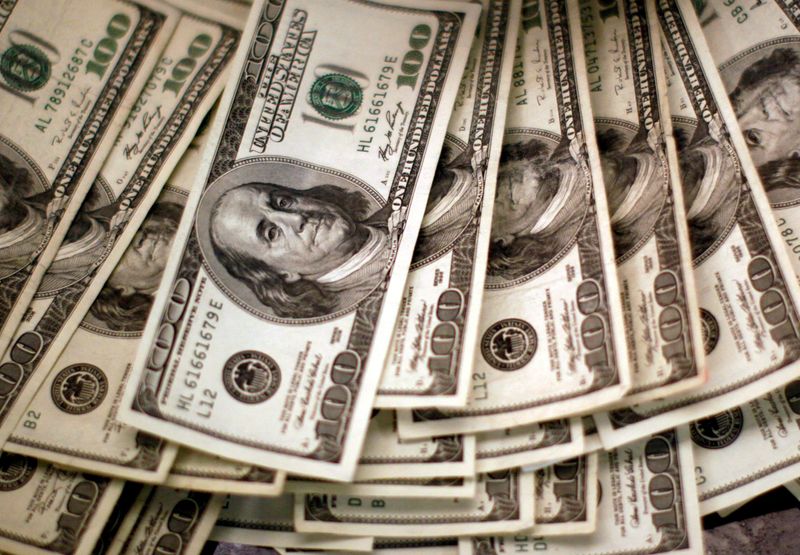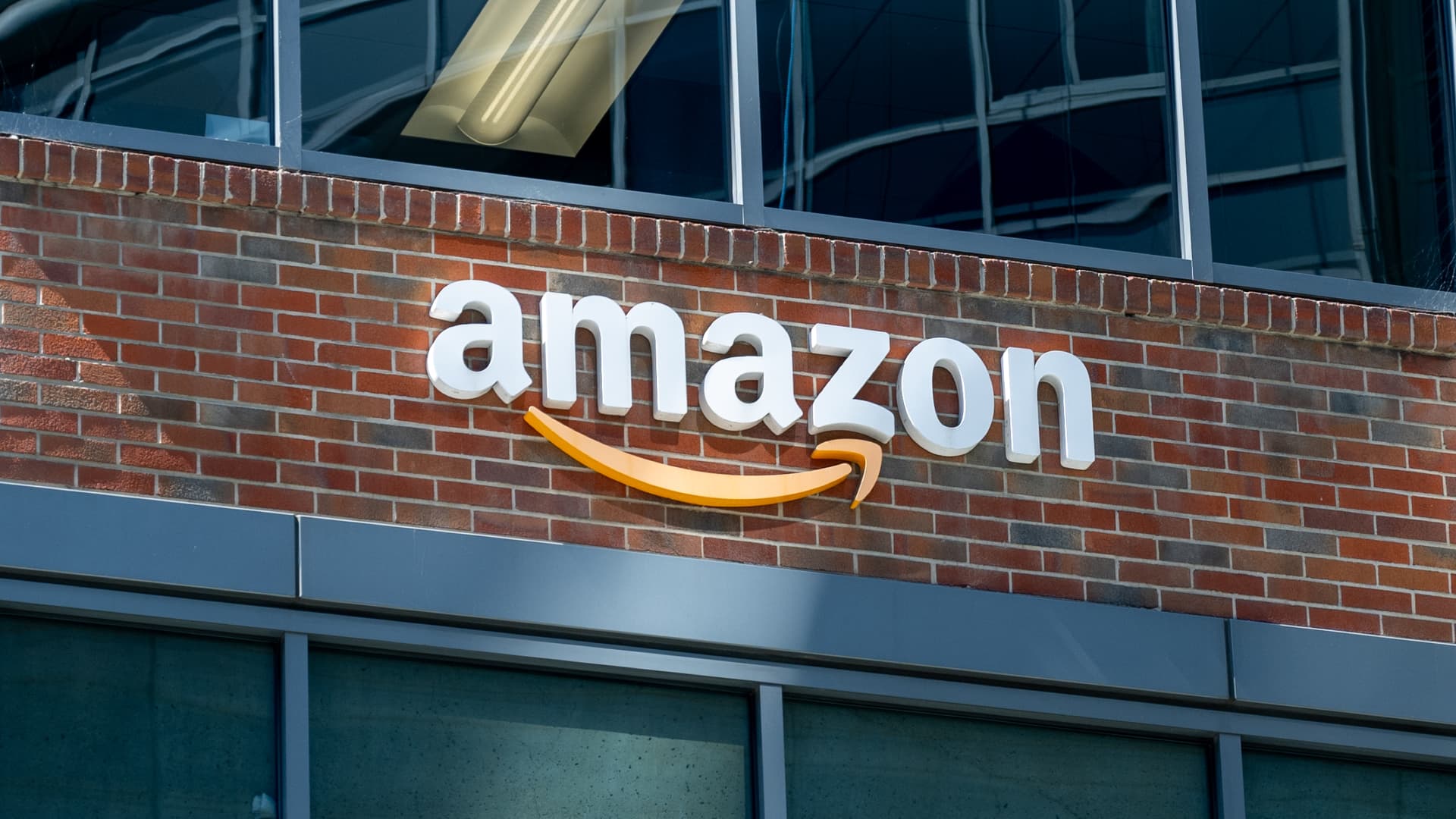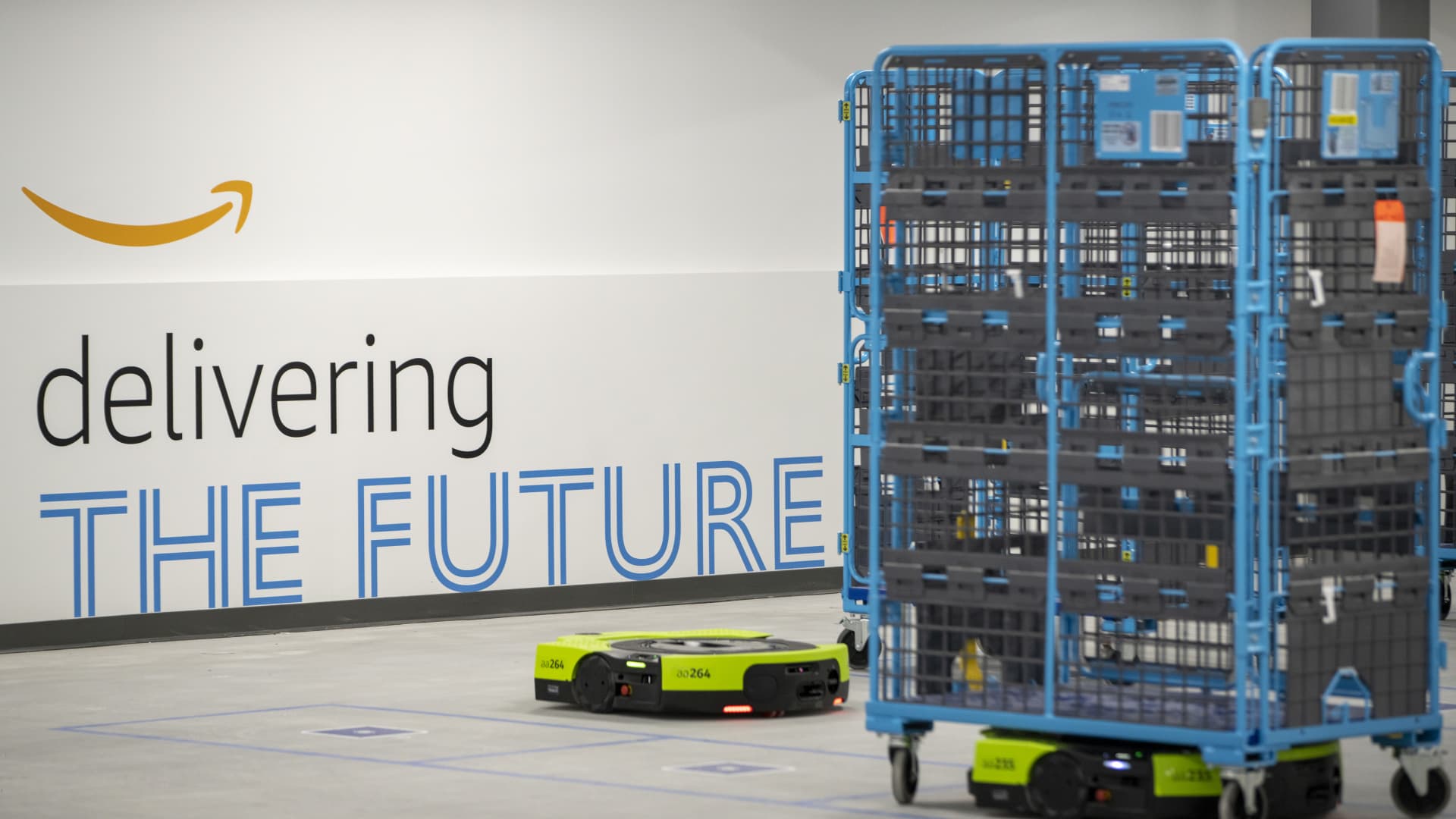The upcoming Peacock crime drama “Superfakes” has cast Ken Leung, Variety has confirmed.
The show was originally announced back in January with a series order, while Lucy Liu joined in the lead role in September. The…

The upcoming Peacock crime drama “Superfakes” has cast Ken Leung, Variety has confirmed.
The show was originally announced back in January with a series order, while Lucy Liu joined in the lead role in September. The…

By Karen Brettell
(Reuters) -The U.S. dollar weakened against the euro, Chinese yuan and Australian dollar on Monday as optimism over a possible U.S.-China trade deal boosted risk appetite and reduced demand for the greenback.
Overall moves in the currency markets were relatively muted as traders also waited on several key central bank meetings this week.
U.S. President Donald Trump said on Monday the United States and China were set to “come away” with a trade deal. Trump is expected to meet Chinese President Xi Jinping this week in South Korea.
“The market’s kind of euphoric,” said Marc Chandler, chief market strategist at Bannockburn Global Forex in New York, noting strong gains in global stock markets while gold fell.
The markets are cheered by three main developments, Chandler said.
“It looks like the U.S. and China moved away from the brink. The U.S. struck foreign trade deals or frameworks with some East Asian countries, and Milei did better in Argentina,” Chandler said, referring to the president of the South American country.
Argentine President Javier Milei’s party cruised to victory in midterm legislative elections as voters handed him a mandate to keep pushing through his overhaul of the economy.
The dollar index was last down 0.11% at 98.84, with the euro up 0.15% at $1.1643.
Central banks may dominate market direction later this week, with the Federal Reserve and Bank of Canada expected to cut rates on Wednesday, while the European Central Bank and Bank of Japan on Thursday are likely to leave rates unchanged.
With a 25-basis-point Fed rate cut long priced in, markets will closely watch for any signs that the central bank may be preparing to wind down its quantitative tightening program.
The Chinese yuan was also boosted by the People’s Bank of China setting the official yuan midpoint rate higher than expected. Prior to the market open, it set the official yuan midpoint rate at 7.0881 per dollar, the strongest since October 15, 2024, and above a Reuters estimate of 7.1146.
Chris Turner, global head of forex research at ING, said in a report that the move may be a gesture of goodwill ahead of Thursday’s Trump-Xi meeting, or a sign that China wants to boost its domestic demand.
“Either way, a stronger renminbi is normally supportive for global EM (emerging market) currencies and a mild dollar negative,” Turner said.
The Chinese offshore yuan rose to a more than one-month high against the dollar of 7.1015.
The Australian dollar was last up 0.63% versus the greenback at $0.6554. The Australian currency was also boosted by relatively hawkish comments from the country’s central bank head.

New Cleveland Clinic research reveals that up to 5% of Americans – approximately 17 million people – carry genetic mutations or “variants” linked to increased cancer susceptibility, regardless of risk factors like personal or…

Victor Wembanyama leads the league in total fantasy points through week 1.
A memorable start to the season replete with multiple overtime clashes and wire-to-wire battles also featured plenty of explosive individual performances by a very…

Cryo-EM suspends purified and concentrated molecules in a super thin layer of water on a metal mesh grid that is frozen so fast in liquid nitrogen that it resembles glass because…

Amazon logo on brick office building facade with windows, San Francisco, California, Aug. 29, 2025.
Smith Collection | Gado | Archive Photos | Getty Images
Amazon is planning to cut as many as 30,000 corporate jobs beginning Tuesday, as the company works to pare expenses and compensate for overhiring during the peak demand of the pandemic, three people familiar with the matter told Reuters.
The figure represents a small percentage of Amazon’s 1.55 million total employees, but nearly 10% of the company’s roughly 350,000 corporate employees. This would represent the largest job cut at Amazon since around 27,000 jobs were eliminated starting in late 2022.
An Amazon spokesperson declined to comment to Reuters.

Cryo-EM suspends purified and concentrated molecules in a super thin layer of water on a metal mesh grid that is frozen so fast in liquid nitrogen that it resembles glass because…

Researchers from Johns Hopkins Medicine and the Johns Hopkins Bloomberg School of Public Health report that an AI-powered lifestyle intervention app for prediabetes reduced the risk of diabetes similarly to traditional, human-led…

In the two decades following the end of the Second World War, the culture gods declared that families should be nuclear, which is not to say atomic, and that women, who had joined the work force in record numbers with men away in the military…

Amazon Proteus robots demonstrate autonomous navigation using barcodes on the floor during the Delivering the Future event at the Amazon Robotics Innovation Hub in Westborough, Massachusetts, US, on Thursday, Nov. 10, 2022.
Bloomberg | Bloomberg | Getty Images
Artificial intelligence is widening the productivity gap between large and small companies, lifting up bigger firms that are able to effectively scale the technology and cut costs tie to human workers.
Large-cap companies are seeing steady AI-related productivity gains since the release of OpenAI’s ChatGPT model in 2022 in terms of their real revenue per worker, according to Wells Fargo analysis. Small-cap names are witnessing a decline over the same period, meanwhile, the firm found.
“While productivity for the S&P 500 has soared 5.5% since ChatGPT, it’s down 12.3% for the Russell 2000,” Wells Fargo equity strategist Ohsung Kwon wrote in recent note to clients. “We see other examples of diverging trends in consumer, industrial, and financial markets.”
Wells Fargo analysis comparing real revenue per worker between Russell 2000 and S&P 500 indices
Wells Fargo
Breakthrough advancements in AI this year have led major corporations like Amazon to notably go all-in on the technology, finding ways to eliminate human roles that can be replaced by AI machines.
The performance of the S&P 500 versus the Russell 2000 small-cap index reflect this divergence in productivity gains. The broad market index is up 74% since ChatGPT’s 2022 launch, while the Russell is only up 39%.
The biggest U.S. companies have been internally deploying AI tools over the past few years to improve their productivity, supply chains and, in some cases, cut headcount. A World Economic Forum survey published at the start of 2025 found that roughly 40% of companies around the world expect to reduce their workforces over the next five years in roles where AI can automate tasks.
Layoffs this year have been on the rise with several big-name companies, including Target, Meta, Starbucks, Oracle, Microsoft and UPS, having announced significant, and sometimes historic, cuts to their total headcount. Companies have mostly cited efforts to streamline operations and growth strategy as reasons for cuts, but many are nodding to AI as part of the reason that human worker roles can be axed now or in the future.
For one, Amazon has been a leader in robot deployment across its facilities, which the e-commerce giant has said is improving costs and delivery times. The New York Times reported in October that Amazon executives believe the company is on track to replace more than half a million jobs with robots, which they believe will save about 30 cents on each item Amazon selects, packs and delivers to customers. Morgan Stanley believes Amazon’s robotics efforts can save the company between $2 billion and $4 billion by 2027.
Klarna, which has been among the most transparent in how AI is affecting its headcount, has shrunk its workforce by about 40%, in part due to its AI investments. CrowdStrike in May announced cuts to 5% of the company’s global workforce, citing AI efficiencies and saying that the technology “flattens our hiring curve.” IBM’s CEO has forecasted 30% of non-customer-facing roles to be cut by 2028 and told the Wall Street Journal earlier this year that AI chatbots have replaced 200 HR employees, freeing up investments to hire more people in sales and programming.
Palo Alto Networks, Walmart and McDonald’s are other companies that have notably been leveraging AI in ways that analysts expect will improve margins, we previously reported.
A September Intuit QuickBooks Small Business Insights survey of 5,000 small businesses in US, Canada, the UK, and Australia revealed that 68% of businesses have integrated AI into their daily operations, with roughly two-thirds reporting an increase in productivity.
“The numbers don’t lie,” Wells Fargo’s Kwon said in his report.